The post 5 Portrait Photography Rules You Should Probably Ignore appeared first on Digital Photography School. It was authored by John McIntire.
Think back to the time when you first got interested in photography. From the moment you first pick up a camera, you are bombarded with a constant onslaught of dos and don’ts. You have to do this. You can’t do that. Rules, rules, rules, some more rules: then once you have a grasp on those, there’s even more rules and limitations.

Each of these images uses a technique that violates at least one of the rules for portrait photography discussed in this article.
For the most part, these rules (usually more guideline than a rule) are well-intentioned. They force you to pay attention to things you may not have learned to pay attention to yet. They force you to develop habits that you then apply every time you pick up a camera.
For example, the Rule of Thirds (as we all should know is not a rule) forces you to be mindful of your composition in the early stages of photography. This gives you a massive head start when you’re starting out and over time, you will start composing your images without so much as a thought. In these instances, these rules can be a powerful tool while you are learning.
With so many rules out there and so many people coming up with new rules all of the time, sometimes a few get through that make little sense at all. This article discusses five rules for portrait photography that get touted quite a lot. While some of them make sense at first, closer examination should show you that they’re mostly arbitrary and once you have a grasp of what they are trying to point out to you, you should probably, in my opinion, discard them from your rulebook altogether.
Disclaimer: This might be a contentious topic for you. If you happen to like or live by these rules; that’s cool. I’m not here to change your mind. I’m simply asking you to take an objective look at these rules and evaluate why they’re there and if they still have a place. If you feel that way, do discuss it in the comments below. I’m more than happy to engage in any reasonable discussion about this topic and always keep an open mind regarding different views on that matter. The only thing I ask is that we maintain the community guidelines for commenting here on Digital Photography School.
1. Catchlights should only be small and round
This rule almost seems to make sense when you first hear it. Outdoors, in natural light (presuming sunny conditions), the sun will appear as a small, round catchlight in a portrait subject’s eyes. If that’s what the sun does, then it must be more natural to have a catchlight that matches in all of your portraits. After all, natural equals good, right?

Small catchlights from hard light have their place, but there’s absolutely nothing wrong with large catchlights either.
Here’s the thing: how many times have you been told in photography books and articles, or videos that harsh midday sun should be generally avoided for the most flattering portraits? I’m guessing almost every one of them. (Yes, I know that midday sun can be a wonderful light source at times and there are plenty of resources that say so. They’re right too.) Once you remove yourself from the midday sun to a place where you get softer more flattering light (whether that be natural or studio), those catchlights stop being small and round.
Soft light typically means large light sources close to your subject, whether that be a large window or a large octabox, it doesn’t matter. The same applies if you’re photographing your portraits on an overcast day. Catchlights in those conditions often take up half of your subject’s eyes. The catchlight being a reflection of the light source which is everything above the horizon in your subject’s field of vision.

The catchlight here is the entirety of the sky above the horizon. This is what catchlights look like on an overcast day. According to this rule, you can’t use them.
You can probably see the conflict here. On the one hand, you’re told that you should use soft light for your portraits. On the other, you have this rule that states that your catchlights should only be the result of hard light. It’s difficult to make sense of it.
I don’t know about you, but I’m very much a fan of my large modifiers and diffusers and the soft light that they provide, and I’d rather keep on using them.

Large modifiers close to the subject provide soft light perfect for portraiture. They also make large catchlights.
Now, if you’re like me, I like seeing new types of catchlights in my subject’s eyes. I like the thrill of finding some new lighting combination, or an odd pocket of natural light somewhere and seeing what it does to the eyes in my portraits. Sometimes the results are incredible. If you followed this rule to the tee, you would never have the opportunity for this discovery, and you’d be pretty limited in terms of the light you can use for your portraits.

None of these odd catchlights are acceptable if you follow this rule to the letter.
Finally, there’s the consideration of specialist lighting equipment. The most obvious of these is the ringflash, or ringlight. Lights like these always create a weird-shaped catchlight. With ringlights, the catchlight shows up as a ring. According to this rule, you can never use these light sources.

If you happen to like the effect of ringlights, you’re going to have to ignore this rule.
2) There should only be one catchlight
This rule is one that I’ve been hearing a lot of recently. It’s similar to the previous rule in that its intent is to keep a natural look to your portraits. After all, there is only one sun in the sky.

There’s nothing wrong with having one catchlight, but it’s better not to limit yourself in terms of techniques that you can use.
My contention with this rule lies with that fact that unless you’re taking portraits outdoors in a very weird place (maybe, but probably not, the Black Desert in Iceland), there is never, ever only one light source. Everything outdoors in sunlight is reflecting light back to your subject. In many cases, the exposure of these secondary sources will never come close to that of the sun. However, in a lot of other cases, the scenery can and does act as a reflector in your images. Light colored buildings, large windows, fields, foliage and green grass can all act as secondary light sources and more often than not will add extra catchlights to your subject’s eyes.
If you’re photographing a person near a light colored wall at their right with the sun at their left, that’s two light sources with two catchlights. You can’t do that according to this rule.
If you’re in the studio using butterfly lighting and you want to lift your subject’s eyes a bit with a reflector, that’s two catchlights. Don’t even think about it if you’re following this rule.

According to this rule, the catchlight from the reflector shouldn’t be there. Not only would the shadows not be filled in without it, but the eyes would be very dark.
If you take that idea a step further and you like to use complicated or creative lighting setups like clamshell lighting or cross lighting, then this rule rules them out.

If you were following this rule, clamshell lighting would be a huge no-go.
Like the rule about keeping your catchlights small and round, the idea that you should only have one catchlight in your subject’s eyes only serves to limit you in what photographic techniques you can use if you want to do photography correctly. I don’t like the idea of arbitrary limitations, and I don’t like the idea that another photographer might not be using a technique that suits them, or that they would love, because they were told to follow a rule that someone made up.
3) Close-up portraits are technically wrong because the head is cut off

Because the top of the subject’s head isn’t in the frame, this photo is wrong according to this rule despite the top of the head adding no valuable information to the frame.
You will have heard the basis for this one a lot. “Don’t cut off your subject’s head.” This is one of those basic rules that the person who sold you your first camera might have told you. For the most part, this guideline is pretty sound. It stems from a time where you would hand someone a camera, usually a disposable one in my case, and ask them to take a photo for you. Once you developed the film, you could pretty much guarantee that half of your head was missing and the bottom third of the frame was nothing but empty ground below your feet. It makes absolute sense that people would want to avoid photos like that.
Continuing from that, in a wider portrait or even a headshot, cutting into the head at the top of the frame can seem disjointed and make for an awkward viewing experience. This isn’t always the case, but it’s best to avoid it until you understand when it works and when it doesn’t.

With head and shoulders and 3/4 shots like these, it is best to avoid cropping into your subject’s heads.
The issue here is with close-up portraits. It is not uncommon at all to hear someone dictate that close-up portraits are technically wrong simply because the top of the head is missing. Basically, this is taking the guide to not cut off heads to the extreme and completely discounting a not very uncommon style of photography.
When you’re creating close-up portraits, you are narrowing your point of focus to specific features of your subject and making those the basis of your composition. There isn’t a whole lot of extra real estate in your frame for erroneous details like the top of the head. In fact, the inclusion of those details stops it from being a close-up portrait.

When the focal point of an image is only a face, erroneous details need to be left out as much as possible. This rule does not allow for that.
I encourage you to ask yourself this question: What would films and television look like if filmmakers followed this rule?
The takeaway here should be that when you are creating full, three quarters and head and shoulders portraits, it’s a good idea to not cut off your subject’s head. However, when you get in close, throw it out the window. The space you have in your frame for composition is valuable; don’t waste it.
4) Portraits without eye contact directly to the camera are technically wrong

Eyes are important, but that doesn’t mean you always need them to create evocative portraits.
This rule purports that if you have a person in your frame, their eyes must be facing the camera or your photo is technically flawed. Fortunately, this has seemed to die down in recent years, but I still see it come up with fair regularity.
If your goal is a straight-up portrait, as in a record shot of a person, then yes, you’ll want to ensure that your subject is engaging with the lens. Likewise, if your goal is to create a commercial style image where the intent is to have your viewer feel personally engaged with the person in the photograph, then, again, yes, you’ll want to have direct eye contact with your subject.

Direct eye contact is fine and extremely useful, but it isn’t the only way to do things.
The problem here is that portraiture is such a broad category and there are so many different ways to approach it. For example, if you’re into street photography and you do a lot of candid portraits, there’s probably not going to be a lot of eye contact with your camera. Instead, your subjects will be engaged elsewhere and they will probably be making eye contact with something or someone else. That’s the trick, if you want to convey any kind of emotion or concept to your portraits, one of the quickest and easiest ways to do that is to have your subject engage with something outside of the frame that isn’t the camera.
If you want to convey that your subject is involved, in any way, with the world around them, they need to be engaged with the world around them. If your thought is to evoke a sense of thoughtfulness, or longing, or any other sort of internal emotion, having your subject engaged with the camera will make that a much more difficult job to achieve.

Compare these two images taken moments apart. How completely different are they simply based on the eye contact or lack thereof?
Another aspect of this rule is that it firmly rejects the idea that you can have portraits where your subject’s eyes are closed. Having your subject close their eyes can be another powerful way to convey emotion in your portraits. While this shouldn’t be overused, there is no reason why you shouldn’t use it freely when the situation calls for it.
For a real-world example, open up any fashion magazine and look for the beauty ads. You’ll find that when eye makeup is on show, the subject’s eyes are often closed. For me, it’s a hard pill to swallow that these high-end images by some of the best photographers in the world are somehow technically incorrect because they use the tool required to convey a specific message.

I’ll take things one step further and say that you don’t even need a face in your images to create evocative portraits.
Perhaps it would be easier to say that this rule should be adjusted. So, instead of saying that your subject should have eye contact with the camera, your subject should have eye contact with something, whether that’s visible to the viewer or not.
5) There should be no specular highlights on the skin

Specular highlights are often misunderstood, but they are a vital part of images with depth and contrast. Note the three-dimensional appearance of the subject’s head thanks to the specular highlights on his forehead, nose, and cheek.
Of all of the rules discussed in this article, this might be the least obvious one in regard to why it shouldn’t be a rule. If you take it at face value, specular highlights can be seen as a distraction when they show up on your subject’s skin. The most likely place for these highlights to show up is the nose and the forehead. In poor light, these specular highlights can be irregularly shaped and look awful. You should modify and control your light to mitigate their effect on your photos; however, that doesn’t mean that specular highlights are wrong or that they should be avoided altogether.

Even large, soft light sources (in this case a wall of giant windows) create specular highlights. Use them to your advantage.
Like shadows, specular highlights indicate depth and contrast and they help shape and give three dimensions to your subject in the frame. Unless you’re using extremely soft light, the lack of a specular highlight often means that the light is flat. How often have you read or advised to avoid flat lighting? A lot, I reckon. Yet, somehow, we have this rule that insists that you use flat lighting, or that you use light that’s so soft that it removes all contrast in your portraits.
If you want to create images with a three-dimensional feel, with natural looking contrast, you want to avoid completely removing specular highlights from your images. Instead, control them. You can use flags, diffusers, and lighting position to change and control their shape and exposure. The key thing to look out for is that the specular highlights are not overexposed and that they are not an irregular shape. Try to keep the transitions from specular highlight to highlight smooth and graduated just like you would do for shadow transitions. This will help to ensure that you have pleasing and natural looking images full of depth and contrast.

When controlled and manipulated, specular highlights can be a wonderful tool for you to create bold portraits.
As a little side note on specular highlights, it’s important to mention makeup. It is currently popular to use makeup that intentionally puts a large highlight on women’s cheekbones. If you value your working relationships with make-up artists and models or want repeat sales from a client who has her makeup done this way; do not remove that highlight. In fact, consider going out of your way to emphasize it. Not only is the makeup expensive, but it’s a tricky technique to get right. Removing the highlight with either lighting techniques or Photoshop will delegitimize the effort that went into creating the effect. Please avoid doing this, not because of some arbitrary rule, but because it respects the specific effort that went into putting that highlight there in the first place.
There you have it
If you’ve made it this far, hopefully, you can see why it’s important to take an objective look at some of the rules we are bombarded with every day. Even if you disagree with my assessment of any of these rules, I still encourage you to carefully consider why each rule you come across came to be, what its intent is and how it fits into what you want to achieve with your photography.
This article has focused on a narrow subset of rules for portrait photography; please feel free to discuss in the comments what other photographic rules you feel have no place in your photography, or which rules you feel must be followed at all costs.
The post 5 Portrait Photography Rules You Should Probably Ignore appeared first on Digital Photography School. It was authored by John McIntire.






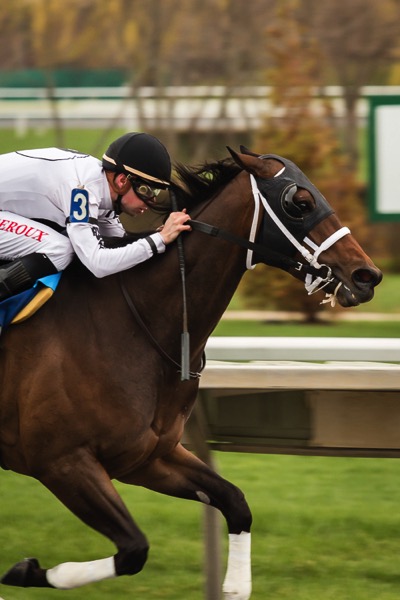
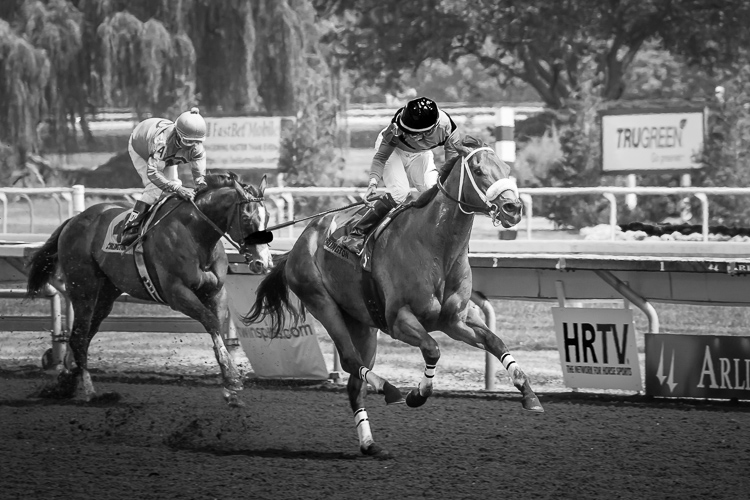
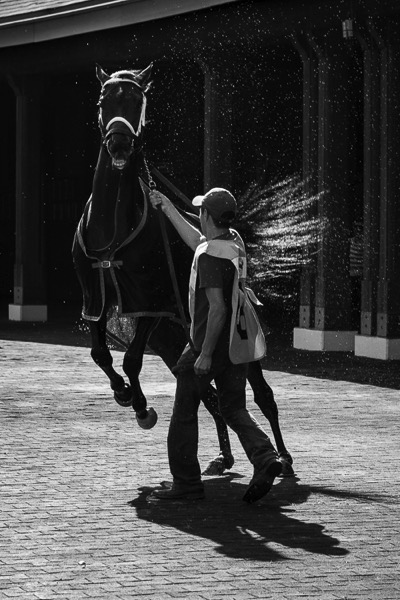
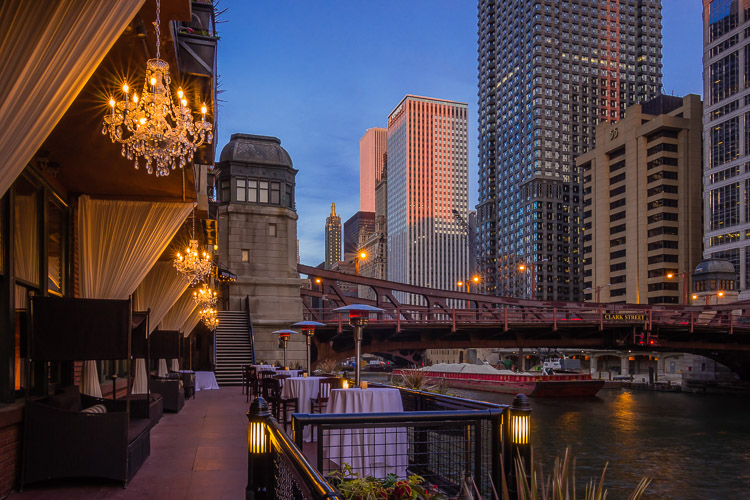








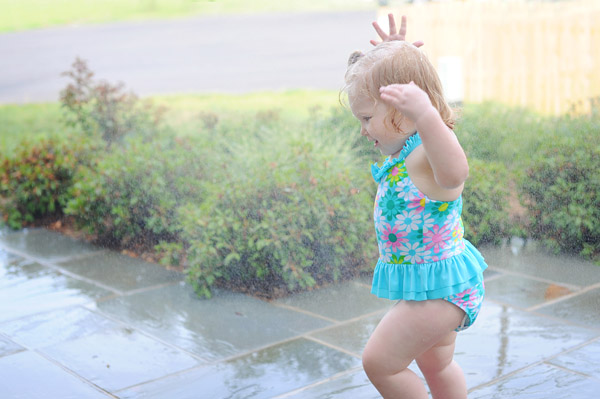



You must be logged in to post a comment.